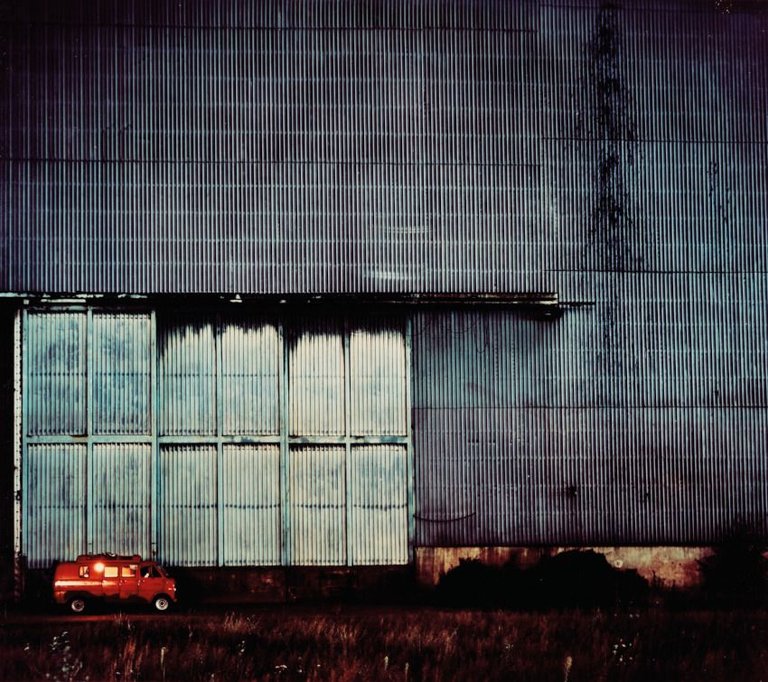I did all-night-exposures (~10h in the dark) with the aperture at 11 at 100ASA. See attached photo (the car's lights were only on for 10 minutes, the rest was exposed from after dusk till before dawn).
The general rule of reciprocity: While you do a long exposure, film sensitivity goes down.
Normally if you double the time you get double the exposure. But with long exposures this is totally off; if you measure/estimate e.g. 20 minutes of exposure, the correct exposure might be already 2 hours (depending o the film). A measured 40 minutes might get you towards 5 - 10h.... The essence of this: It makes only a small difference if you expose 2 or 10 hours!
So my rule of thumb at night: f11 and some hours ;)
If there are streetlights in the picture, it is better to close the aperture another 1-2 steps and make a longer exposure. The effect of reciprocity softens the exposure on the highlights (sensitivity goes down more in the areas with more light), thus making the contrast managable.

This is awesome, I have heard of reciprocity but I have never seen it so well explained. I gotta try this out sometime.